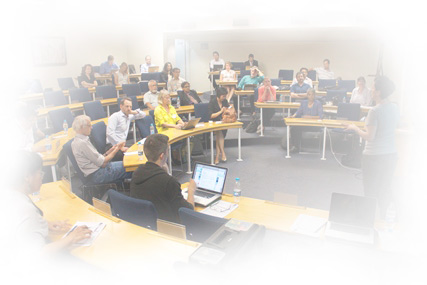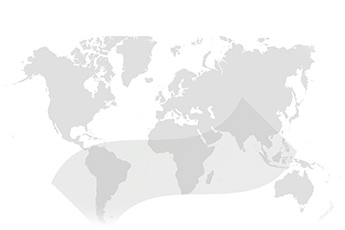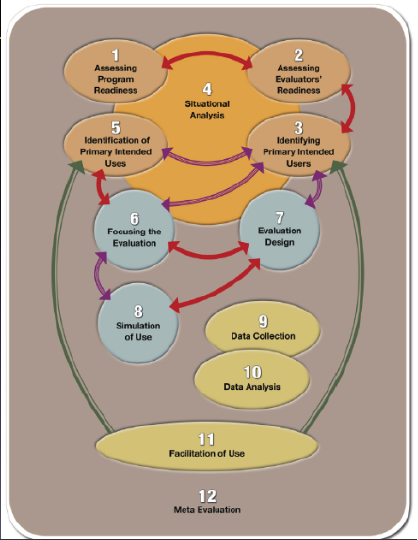Since starting with the ROER4D project at the beginning of September 2014 as Evaluation Advisor, I’ve been orientating myself – both around the project and also around the ins and outs of the project evaluation. As ROER4D’s Evaluation Advisor my role is to work with the ROER4D network co-ordination team in developing and implementing the evaluation strategy for the project. Having come into the role about a year into the project, I started by exploring the evaluation work done previously and becoming familiar with the evaluation framework that is being used – utilization focused evaluation (known as UFE).
The great thing that I’ve come to discover about UFE is that it is a very flexible approach which can be shaped to best fulfil the needs of the particular project it is employed on. The evaluation is designed around intended use by intended users. As such, UFE involves a very collaborative approach in which I get to work closely with all those who have been identified as the people who will actually use the evaluation findings. I’ll be exploring what they want to know, working with them to make sure the evaluation will get to the bottom of it and facilitating the best use of those findings to make a real practical change. As Patton (who wrote the book on UFE) says, “Uses” refers to the way real people in the real world APPLY evaluation findings and experience the evaluation PROCESS (Patton 2008, slide 9). So UFE is a practical approach that should help to make a real and beneficial change. As UFE is new to me, I’m glad to be supported in this exciting new venture into evaluation facilitation by Julius Nyangaga, my regional mentor, as well as Ricardo Ramirez and Dal Brodhead of the IDRC-funded DECI-2 project in building capacity in UFE.
While I was becoming acquainted with UFE, the ROER4D team’s context, and their evaluation needs, it became clear that starting at the beginning would be best. So, in my first facilitation session with the network co-ordination team last Monday (22 September 2014), we covered some of the basics of UFE, which helped me get a better handle on this evaluation framework both through the preparation for the session and the discussion that followed. The team is ready and willing to use the evaluation as an opportunity to improve this ground-breaking project. And I’m glad that I can be a part of it.
References:
Patton, M. Q. (2008). Utilization focused evaluation. Presentation to the AEA.
Navas, J. and Ramírez, R. (2009). Facilitating UFE step-by-step: a process guide for evaluators (Module 1: Steps 1-3 of UFE checklist). Available online at: .
Navas, J. and Ramírez, R. (2009). Facilitating UFE step-by-step: a process guide for evaluators (Module 2: Steps 4-6 of UFE checklist). Available online at:
The Utilisation-Focused Evaluation diagram is reproduced courtesy of the International Development Research Centre (IDRC).







[…] Focussed Evaluation (UFE) as the framework (for a step-by-step introduction to the UFE framework, see this slideshare). As this was my first presentation on this work to both the broader ROER4D project members as well […]